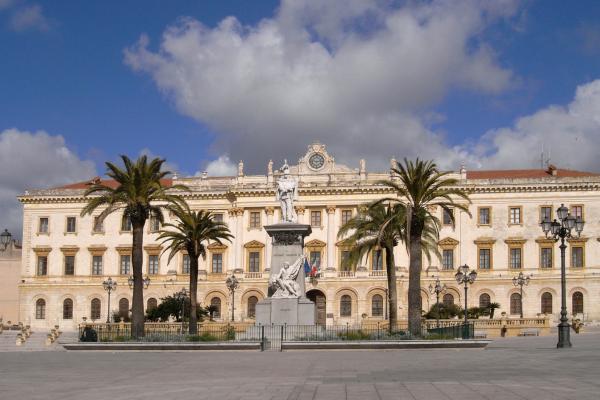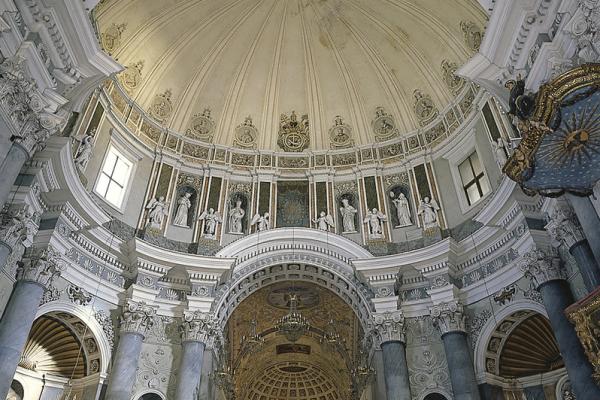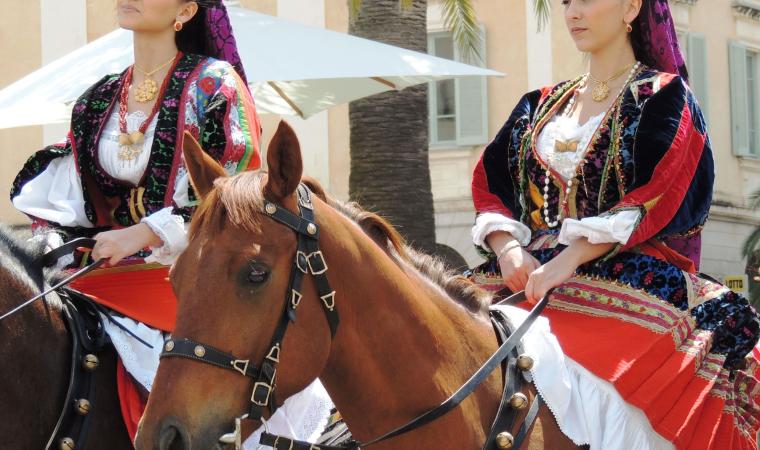
An atmosphere filled with passion and devotion. An austere scenario that is, at the same time, engaging, colourful and inebriating. The Festha Manna is event par excellence in Sassari. It is a moment of authentic and identity values, expressions of community and of tradition. It is the moment of the Faradda di li Candareri , the Descent of the Candlesticks, a dancing procession of large wooden columns, votive and symbolic candles, that advance along the town’s historical roads, from Piazza Castello, along Corso Vittorio Emanuele, to the Church of Santa Maria di Betlem. In 2013, it was included in the UNESCO Intangible Cultural Heritage List. In mid-summer, you can combine relaxation on the splendid beaches in the northwestern part of the Island with a moment of 'alternative' culture that will allow you to discover the charm of Sardinian traditions.








